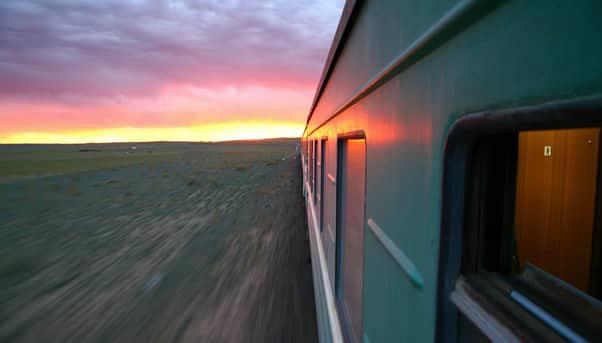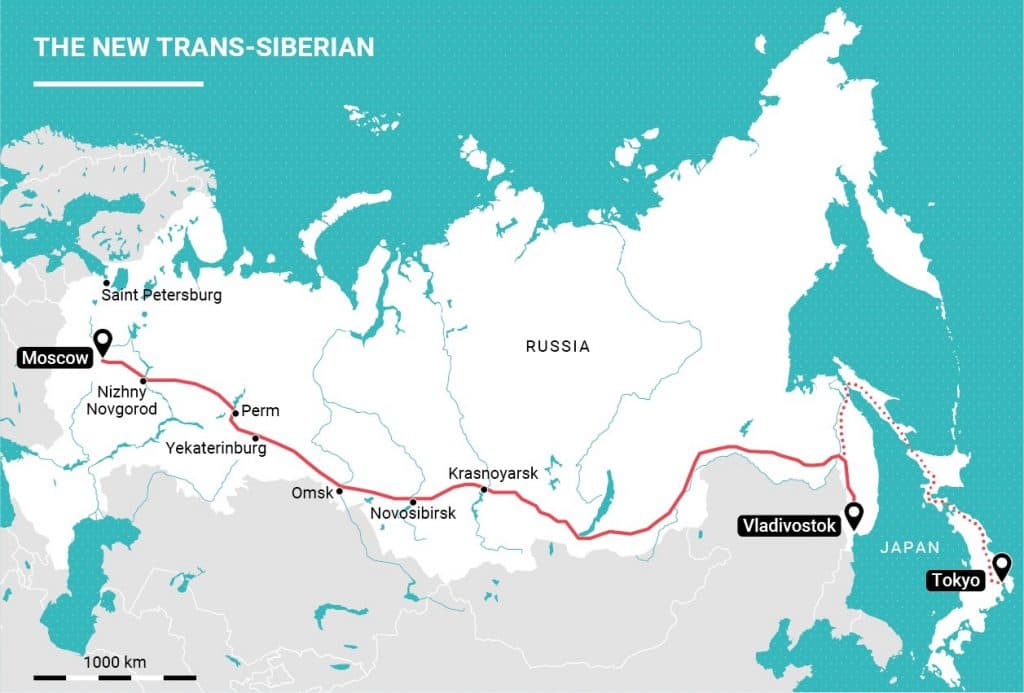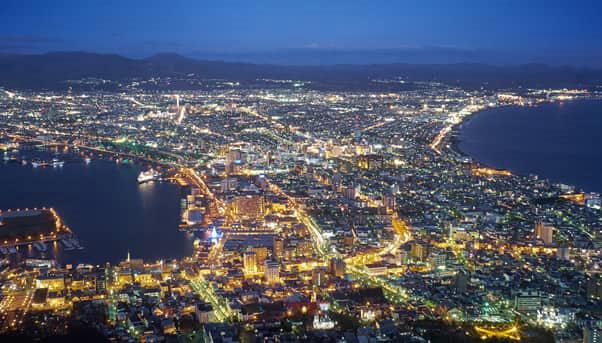
Russia and Japan united by the Trans-Siberian Railway: a year after celebrating the line’s centennial anniversary, Moscow has revived the idea of extending the former tsar’s visionary project all the way to Tokyo, an engineering feat that would not only affirm the line’s status as the longest in the world but also its commercial importance.
The laying of a new stretch of track along this historic line would make it possible to travel across nearly a quarter of the globe’s surface in the comfort of a train’s passenger car for the first time. More importantly, it would enhance trade between Europe and Japan.
At 9,289 kilometres, the Trans-Siberian Railway, which was the setting for the 2008 film “Transsiberian” starring Ben Kingsley, already crosses most of the distance. It starts in Moscow and makes the long journey across the Ural Mountains and grassy steppes of Mongolia to end at Vladivostok, a port on the Pacific Coast. The line, which took 25 years to build under the supervision of Tsar Alexander III and his son, is so long that it covers seven time zones, according to Russian Railways, the state railway operator.
The extension of the line would bring it to 13,600 kilometres in length, enabling the transport of people and goods from Tokyo to Paris – and even London.
The only thing that prevents this from happening is the fact that Japan is a series of islands whose only link to Russia is by plane or ferry.
What is needed is a bridge or a tunnel to allow for the train to reach its final destination in Tokyo.

Russian President Vladimir Putin revived this idea in June when he took part in the Third Eastern Economic Forum in Vladivostok. He was quoted by the Russian state news agency TASS as saying the government was considering the construction of a bridge from the Russia mainland to Sakhalin Island. Construction of a second bridge from Sakhalin to the Japanese island of Hokkaido just south of it would then be needed to complete the project.
«Such ideas (to construct a bridge to Sakhalin) were already in place (a) long time ago, as far back as in 1950s,» Putin was quoted by TASS as saying. «However, these plans have not been implemented. We are dealing with (the) revival of these plans now and are thinking over this problem.»
Putin said preliminary estimates put the cost at about 286 billion rubles ($5 billion).
TASS said a tunnel was another option being considered, much like the one under the channel separating the United Kingdom and continental Europe.
Whether it be a bridge or a tunnel, the effect that this new piece of infrastructure would have on Sakhalin’s economy would be considerable.

Apart from the obvious boost to trade and tourism, there would be a notable reduction in the cost of trade, according to Oleg Kozhemyako, the island’s governor. « We are delivering consumer goods, construction materials and foods by sea. These are extra costs. This is a burden for the price of goods and services,» he told TASS.
Connecting Sakhalin to Hokkaido was a priority for the Russian government, said the Japanese news outlet Asahi, adding the cost of the total project could reach more than one trillion rubles ($17.3 billion).
A study conducted last year by the Coordinating Council on Trans-Siberian Transportation, an international association, revealed how cargo transported by railway would take half the average 55 days that it usually takes to travel by sea from Japan to Europe. The extension would make it even faster.
Russian Railways President Oleg Belozerov said Japan stood to benefit as much as any other country along the route.
«An overland link between Sakhalin and Hokkaido will reduce the time of deliveries from Europe to Japan by more than half compared with traditional shipping (routes),» he was quoted by TASS as saying last year.

